Table of Contents
ToggleThe original United States Constitution did not set a limit on the number of terms a president could serve. However, the 22nd Amendment established a two-term limit.
How many terms can a president serve?
According to the constitution and the 22nd Amendment, a president can only serve for two terms in the United States. The length of a full presidential term is four years.
Presidential Term Limits
Some countries’ leaders seem to have an indefinite period of rule with no term limits. Vladimir Putin has held power in Russia for over two decades. Angela Merkel served as Chancellor of Germany from November 2005 to December 2021, but Germany has no legal term limits for chancellors.

In the United States, constitutional laws stop one person from holding too much power for too long.
How Many Years Can a President Serve?
Under normal circumstances, a president serves four years or eight years. The eight years are split into two terms of four years each.
The current constitution with amendments states that a president can serve a four-year term from the inauguration and seek re-election.
If they successfully gain a second term, they cannot run for office again after finishing the second term.
Instead, the party must find a new nominee and campaign for them with the endorsement of the current leader.
Exceptions to the 2 Terms Rule
In some cases, the two-term rule isn’t so straightforward.
Some presidents don’t start their journey as President-Elect but instead enter office mid-term. Also, terms don’t have to be consecutive, and this two-term rule wasn’t always in force.
| Number of Years | Explanation |
|---|---|
| 1 | A president can serve for less than a full term if they assume office after a president dies, resigns, or is removed. However, if they serve less than two years of their predecessor’s term, they may still run for two full terms. This can also happen if a president only serves for 1 year. |
| 2 | If a vice president takes over for a president who resigns or is impeached, they can serve up to 2 years of the remaining term, plus an additional 2 terms if they are elected for their own term. |
| 4 | A president can serve for 4 years if they are elected for one term and choose not to run for re-election. |
| 5-10 | A president can serve for 5-10 years if they assume the presidency after the previous president dies or is unable to fulfill their duties, serve for 2 years of the remaining term, and then be elected for two additional 4-year terms. |
How Did Franklin D. Roosevelt Serve More Than Two Terms?
We are used to presidents serving for four years, seeking re-election, and then passing the baton at the end of a second term. However, this hasn’t always been the case.

Political and social changes tended to allow for a natural line of succession as different parties took power and new faces became the best candidates. FDR was the exception to the rule.
Franklin D. Roosevelt Was Elected 4 Times as President
Franklin D. Roosevelt was elected to four terms (1932, 1936, 1940, 1944), serving three full terms and part of his fourth before his death on April 12, 1945.
His popularity and the success of his policies throughout his presidency meant he could easily win re-election with the party’s and voters’ support.
His full presidency ran from March 4th, 1933, to April 12th, 1945, which saw the nation past the Great Depression, through the New Deal, and into the Second World War.
How many years did FDR serve?
FDR served just over 12 years, three full terms and one partial term. He was elected for a fourth but died after just two months and 23 days into his fourth term.
Did Any Other President Try for a Third Term?
The 22nd Amendment limiting the president to serving two terms was introduced to the constitution quite late. Therefore, you may expect to see more three-term presidencies before.
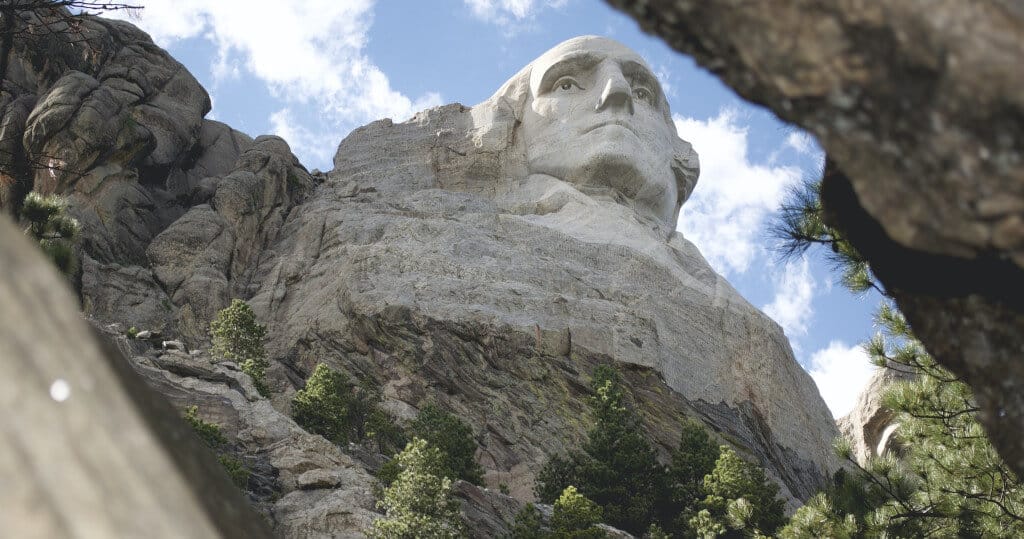
However, this wasn’t the case. Roosevelt was the only one to achieve that accomplishment. This is because of a combination of factors regarding the health and popularity of two-term presidents.
There was also an unwritten agreement to stick to two terms.
George Washington set the precedent of serving only two terms, but there was no official rule. Thomas Jefferson also endorsed this tradition, which later became an informal norm until FDR’s presidency.
George Washington was the United States’ first president and served two consecutive terms. James Madison, James Monroe, and Andrew Jackson all decided to continue with the limited terms principle.
However, this wasn’t the case for everyone, as some presidents wanted to continue. Grant sought a third (non-consecutive) term in 1880 but failed to secure the Republican nomination.
There was an initial plan to stay on and try for re-election for a third consecutive term in 1876, but a negative opinion persuaded him not to. Still, he put himself up for nomination in 1880 and lost to James Garfield.
What Changed To Limit the President to 2 Terms?
The country needed an amendment to the constitution to prevent lengthy presidential runs like Roosevelt’s.
The 22nd Amendment states that,
“no person shall be elected to the office of the President more than twice”
This came from House Joint Resolution 27 following the death of Roosevelt. It took three years and 343 days for the ratification process to reach completion on February 27th, 1951.
The 22nd Amendment included a grandfather clause that exempted the sitting president, Harry S. Truman, allowing him to seek re-election in 1952 if he chose to.
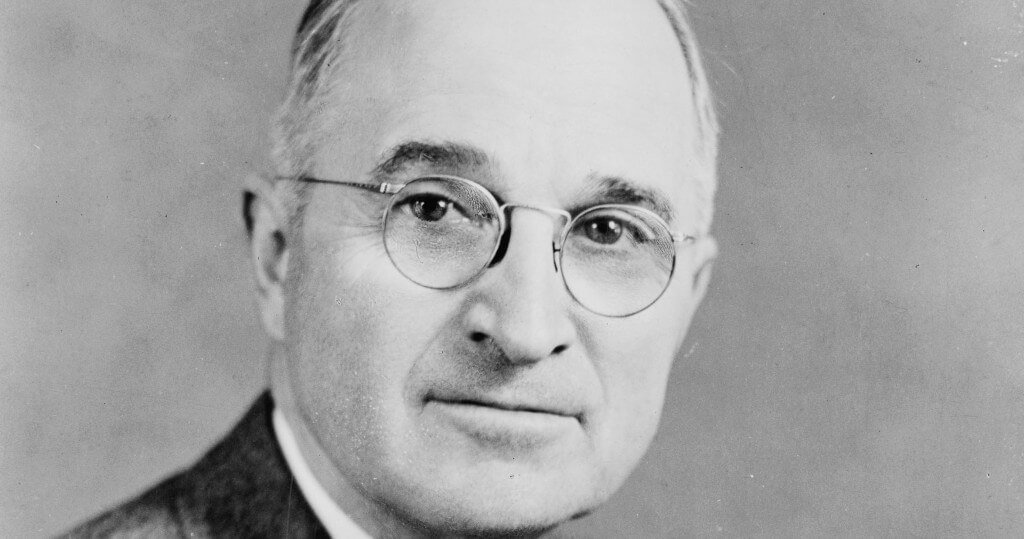
However, this grandfather clause ended up being unnecessary. Truman could have sought re-election in 1952 even though he served one full term and most of Roosevelt’s fourth. But, an approval rating of 27% was enough for him to step aside.
Can a President Serve for More Than 8 Years?
The rules about whether a president can serve for more than eight years become a little complicated.
A presidential term is fixed at 4 years, with the inauguration always on January 20th. This means that two full presidential terms add up to 8 years.
It is also interesting to measure a president’s time in office by day. All two-term presidents served for 2,922 days apart from Washington’s 2,865.
Washington took power before it was decided to have all terms begin on March 4th. This later switched to January 20th. However, there is a potential situation where a president could serve for ten years. It all depends on how they come to power.
The 25th Amendment is a great tool to protect the president’s office and ensure that the right person is in charge at all times. There are plenty of examples of presidents that didn’t see the end of their term.
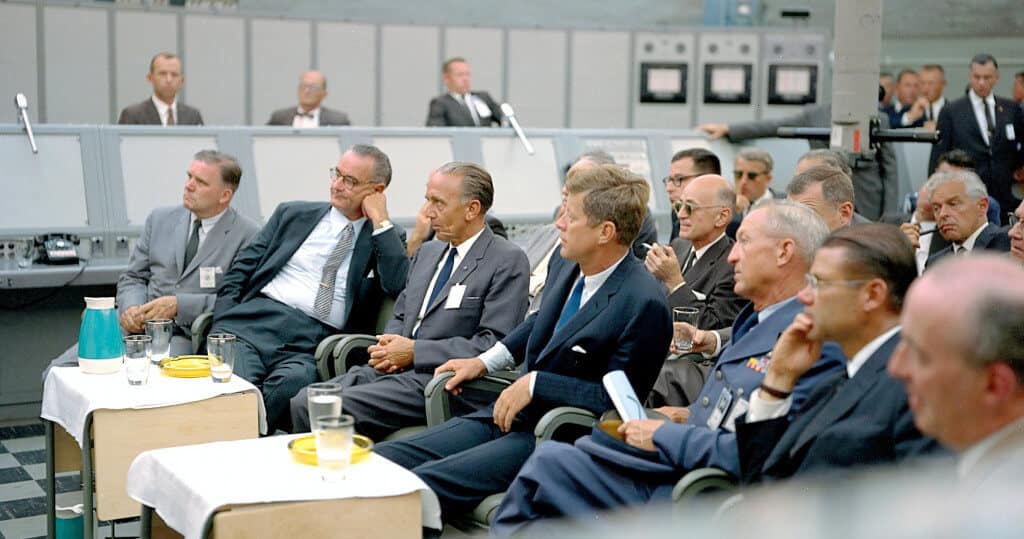
Impeachment, death by natural causes, and assassination all meant that the nation could have been without a leader until the next election if there wasn’t someone to fill in. This role typically falls to the vice president unless there is a reason to go further down the line of succession.
A vice president may be sworn in directly after the death or removal of a president from office and then seek to be nominated as the party candidate at the next election.
The second clause of the 22nd Amendment states the following:
“no person who has held the office of President, or acted as President, for more than two years of a term to which some other person was elected President shall be elected to the office of the President more than once”
Therefore, if that original partial term didn’t exceed two years, presidents can stand again after a successful full term. The opportunity is there for a president to serve for 10 years.
However, this has never happened. In a few cases, presidents took over mid-term and went on to be elected themselves, but none went any further.
Lyndon B. Johnson’s Potential for a 9-Year Term
The best example of a modern-day president to come close to serving more than 2 terms is Lyndon B. Johnson. Lyndon B. Johnson became president after John F. Kennedy was assassinated on November 22, 1963, with just over one year and two months remaining in Kennedy’s term. He was elected in his own right in 1964 but chose not to run in 1968
After completing this term, Johnson was re-elected by a landslide in 1964. The rule on the length of the partial term meant he was allowed to run again in 1968.
This was considered, but Johnson ultimately pulled out due to health and political reasons. There were fears about his heart and his handling of the Vietnam War.
Do Presidential Terms Have To Be Consecutive?
No rule states that a president must take on their second term in office directly after their first. However, it is rare to see non-consecutive terms in office.
Many late 20th and early 21st-century presidents succeeded in their bids for direct re-election.
Before Trump’s 2024 victory, the last three presidents had served two consecutive terms. Trump became the second U.S. president to serve non-consecutive terms, following Grover Cleveland.
Bill Clinton won the election in 1992 and remained in office until 2000. Here power switched parties, with Bush Jr. taking the presidency.
In 2008 Bush had to step down, and his successor fought for election against Barack Obama. Obama held office until 2016, when President Trump won the election.
Grover Cleveland’s Non-Consecutive Terms
Presidents who lose re-election are entitled to try again later in life. Those eight years in power could be pretty far apart if the same person doesn’t stay in office for more than those two terms.
There have been multiple attempts at non-consecutive presidential terms. Grover Cleveland was the first to succeed (1885–1889 and 1893–1897), and Donald Trump became the second (2017–2021 and 2025–2029)
Before 2024, only one president had served non-consecutive terms: Grover Cleveland. However, Donald Trump became the second in 2024, returning to office after serving from 2017 to 2021.
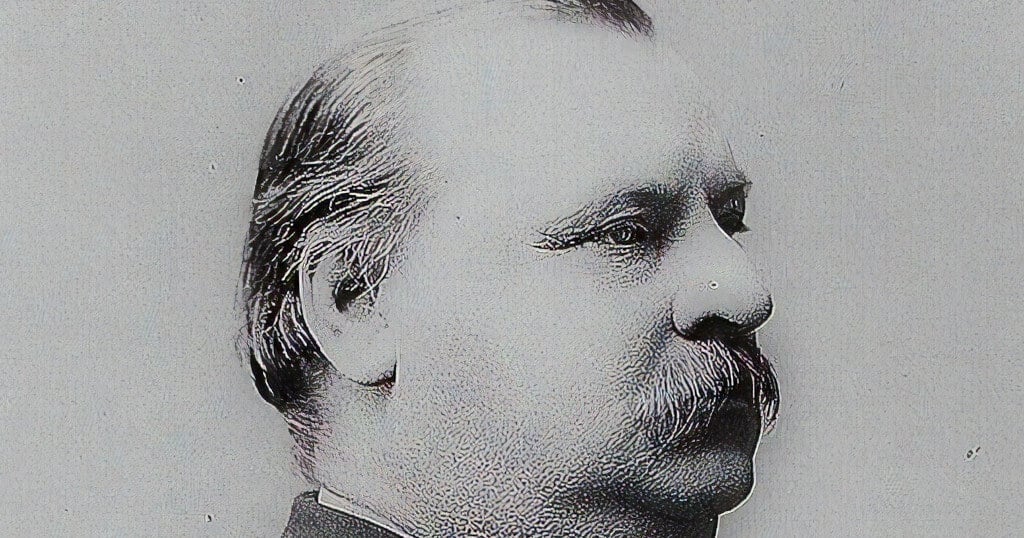
Grover Cleveland came to power on March 4th, 1885, and served his full four-year term until 1889. He lost the bid for re-election in the 1888 election. But that didn’t stop him from trying again in the next race.
Not only did he achieve the party nomination, but the public voted him back into the White House during the 1892 election. He would then serve his second full term – as the 24th President of the United States – from March 4th, 1893, to March 4th, 1897.
President Grover Cleveland is the only United States president to serve 2 non-consecutive terms.
Presidents Who Tried for Non-Consecutive Terms and Failed
It is a tough process to win back the trust of a party and its supporters after one failed attempt, especially if the political landscape evolves beyond the ideas that got you into power.
Some former presidents have tried to regain their party nomination and return to office, but only two have succeeded: Grover Cleveland (1885–1889, 1893–1897) and Donald Trump (2017–2021, 2025–2029).
Martin Van Buren’s attempt to regain the Democratic nomination
Van Buren was one of a few presidents who did not retire gracefully and leave politics to younger men. He was up for re-election in 1840 but lost, leading him to retire.
Dissatisfied with the outcome, he returned to political life in 1844 to fight for the nomination.
He came close but lost to Polk. By the time the 1848 election came around, there was growing tension between Van Buren and the Democratic Party, and his chances of nomination were even slimmer.
So, he decided to run as a candidate for the Free Soil Party. This got him on the ballot again for the first time in eight years but didn’t earn him many votes.
Teddy Roosevelt’s attempt to remove Taft from power
One of the most interesting cases of a president trying their luck numerous times is that of Teddy Roosevelt. His initial run consisted of a partial term of three years, five months, 18 days, and then one full term following his election.
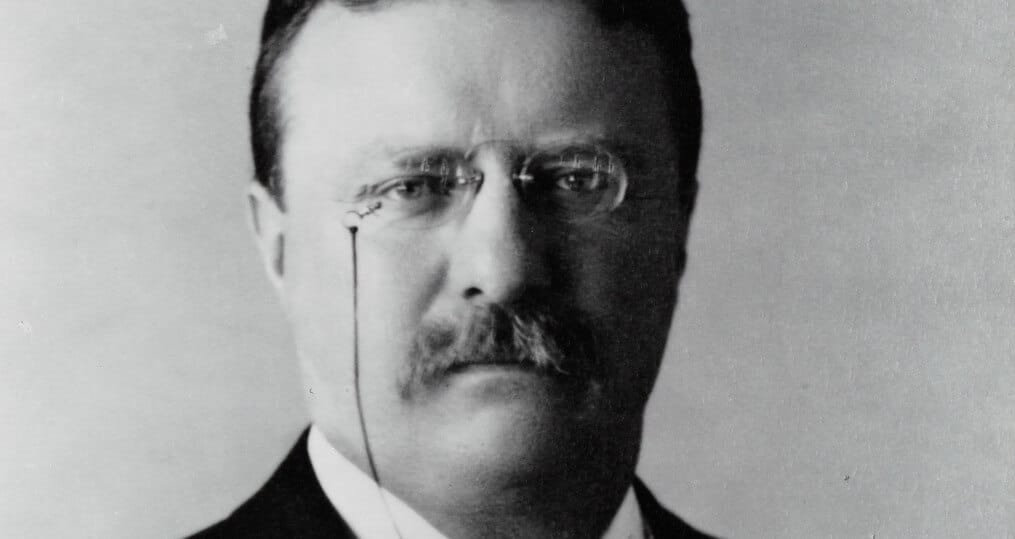
At this point, Roosevelt passed the torch to William Howard Taft and declined to run for a second full term.
At this point in history, it would have been legal, according to the constitution, for him to continue as president.
The problem was that he regretted his endorsement after Taft’s election in 1908, which led him to challenge Taft for the nomination in 1912.
Taft retained the Republican nomination, so Roosevelt tried a different approach to oust him from power.
He formed the Bull Moose Party (officially known as the Progressive Party) to challenge as a third-party independent.
The vote was split between the two similar parties, leading the Democrat Woodrow Wilson to win the race.
Could more presidents follow Trump and Cleveland in winning non-consecutive terms?
One of the curiosities about the rules for running for president is that there is a lower age limit of 35 but no upper limit. Therefore, there is nothing to stop former single-term presidents from running again four or even eight years after a failed bid.
The flip side is that you now have presidents getting on in years when they take office for the first time. This limits the chances of future campaigns for non-consecutive terms.
Before Trump’s 2024 victory, there were two living former presidents who had served a single term and could theoretically run again. However, with Trump’s return to office, he is now serving a second non-consecutive term.
The odds of Jimmy Carter getting back into politics and the White House are incredibly low, given that he is nearly 100.

Get Smarter on US News, History, and the Constitution
Join the thousands of fellow patriots who rely on our 5-minute newsletter to stay informed on the key events and trends that shaped our nation's past and continue to shape its present.
Donald Trump successfully ran for re-election in 2024, becoming the second U.S. president to serve non-consecutive terms.
Then there is Joe Biden, who will be 83 when he finishes his first term in office.
Two-term Presidencies Are Here To Stay
The presidential term limit may be a little more complex than it first appears, but it is an essential part of presidential rule in the United States.
Even before the ratification of the 22nd Amendment, there was an unwritten agreement that two terms were more than enough. This is unlikely to change.
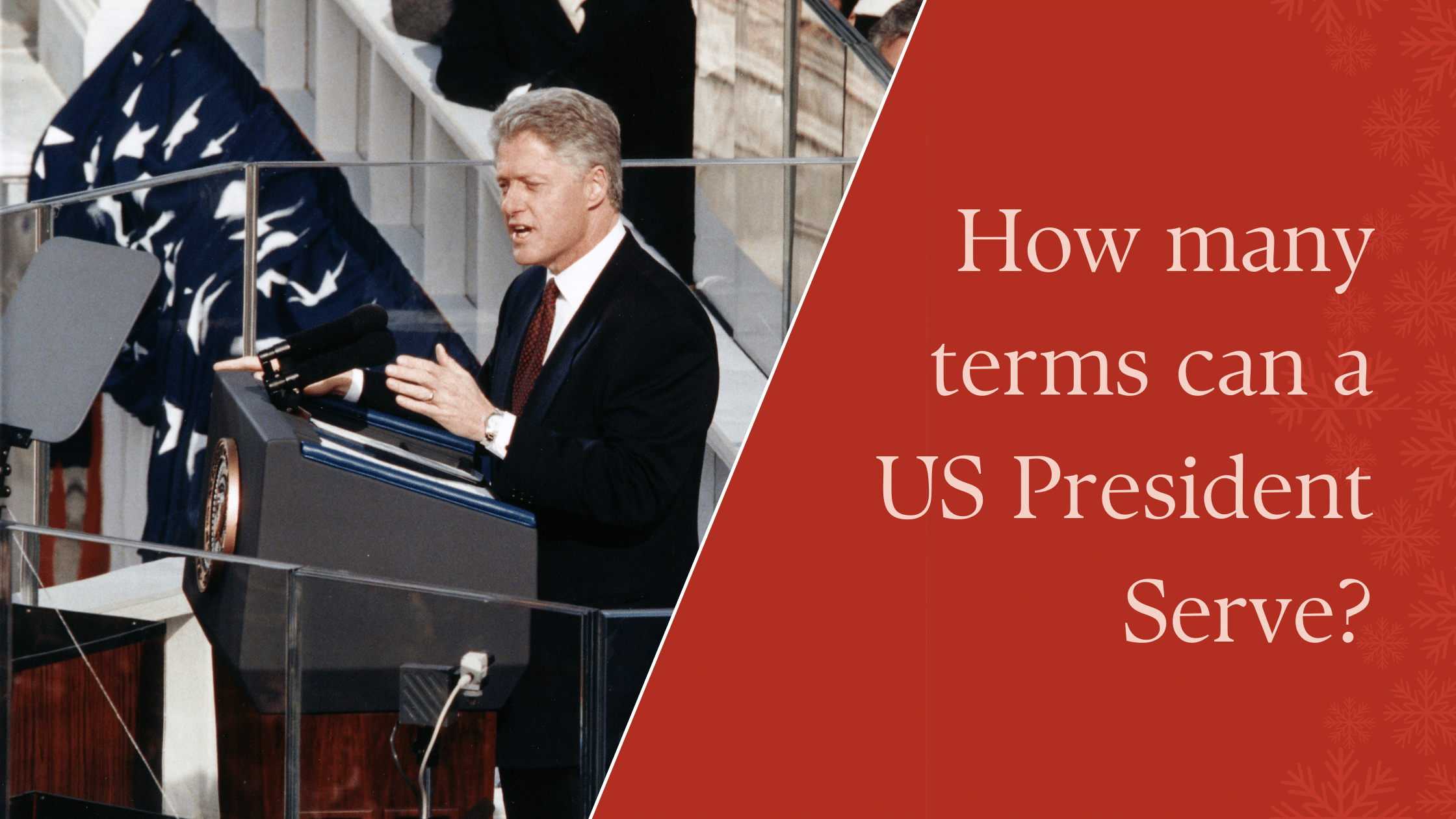
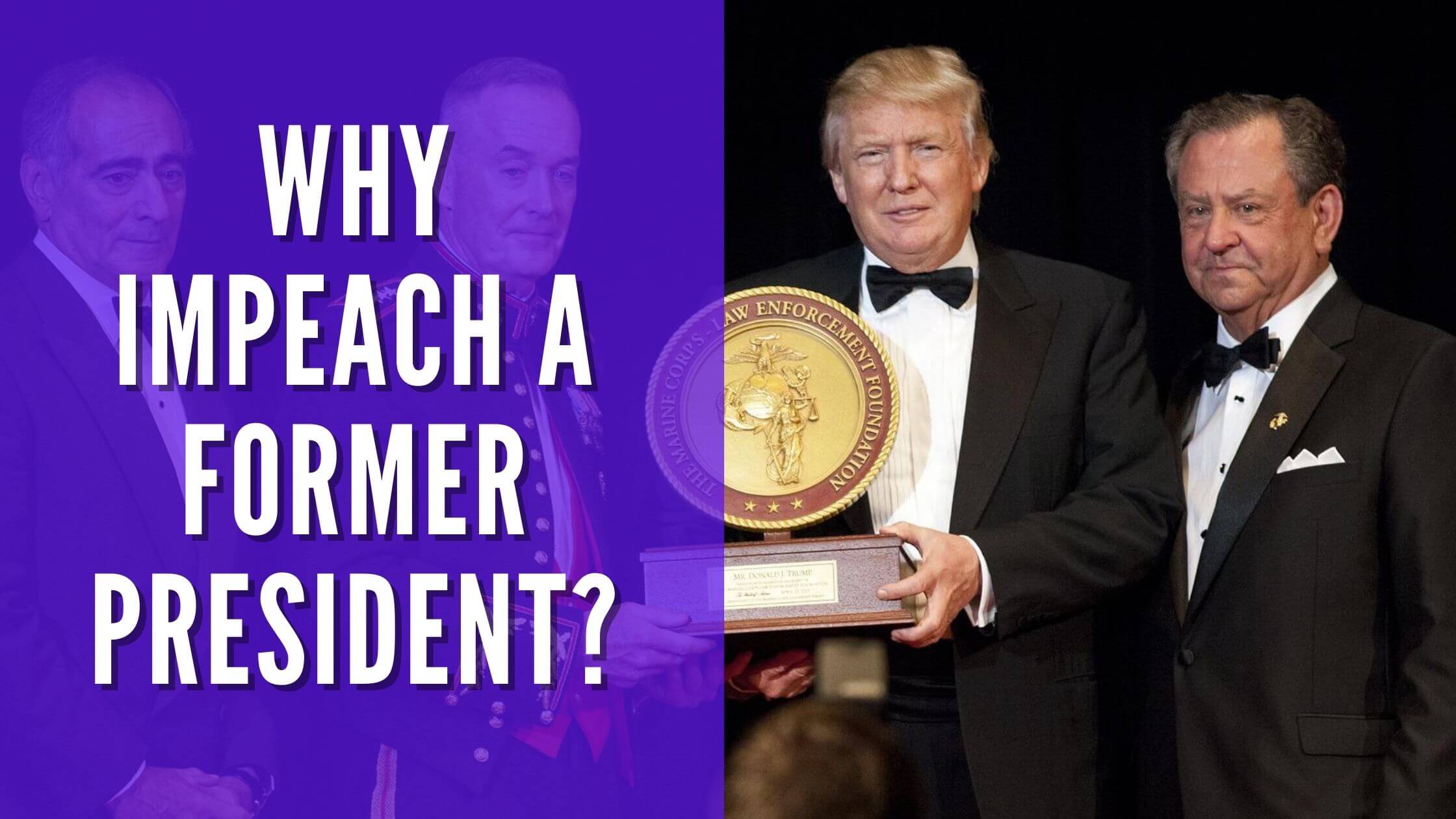

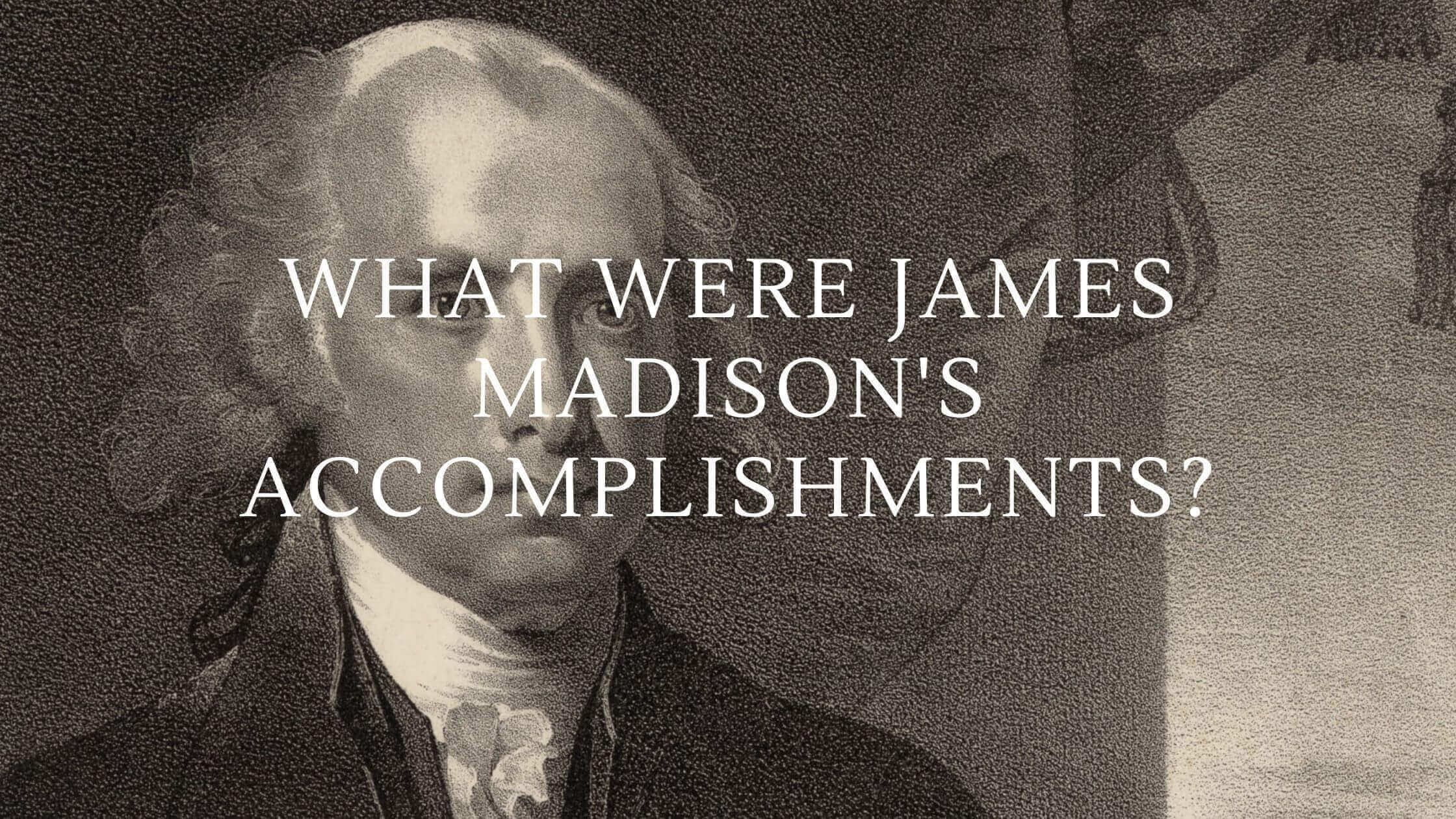








19 Responses
Example: if Trump wins in 2024, can he run again in 2028?
No. He has already served one term of 4 years. If he serves another 4 years in 2024, then he will have done 2 terms. The only way that a president can serve more than two terms is if they take over after the previous president resigns and there is less than 2 years left.
The possibility exists. The republicans take the 2022 house. Impeachment charges are brought up for Joe and Camel Hump, Trump is nominated for and wins the house speaker position. Joe and Camel are out, Trump is President. He can run again in 2024 because he was NOT ELECTED in 2022. Will he, should he, don’t know….
The answer is not so clear, and would ultimately be decided by the supreme court. The reason for elected officials taking the position is for democratic purposes that they have been voted to that position. However, on the other hand, the President has also been elected for that position so to fill it with an official from the opposing party could be seen as unconstitutional.
Given the current information regarding the 2020 Presidential election erroneous results, could Donald Trump come back and be and take office before January 20th and then run for office in 2024?
No read the article.
No he may not. Four years is the maximum any presidential candidate can serve split or not.
Wrong. 2 four-year terms split or not. In some cases, up to 10 if they got it by a non-elected situation.
What if BIden is removed by the 25th amendment and Kamala takes over , can Obama be appointed to VP and then if Kamal resigns he can be president a third time. Not being elected the third time ??
No. It would be passed along to the next in succession. Anyhow, Obama is not in the position where he would become VP.
No VP Harris can choose anyone she wants. Nixon chose Ford as his VP, after Agnes resign. Ford chose chose Nelson Rockefeller as his Go after Nixon resigned. The speaker of the house,during this time was Carl Albert.
There is also no rule that the speaker of the house has to be a member r of Congress.
The 12th Amendment states that, “But no person constitutionally ineligible to the office of President shall be eligible to that of Vice-President of the United States.” Since Obama has served two presidential terms, that would make him ineligible.
Presidential term
As it stands a United States president can only be elected for two four-year terms (22nd Amendment). I propose an Amendment to the Constitution making the 4-year presidential elective process, to run consecutively if re-elected for a second term.
A reasonable fact of life is as we age, a person, a president does not get better after 8 years. President Biden may agree. Therefore, there is a need for change in the presidential 8-year rule, requiring that it run consecutively.
Ex-president Donald Trump was elected in 2020 for a 4-year term and was defeated for a second term. He may be a candidate in 2024 but these intervening 4 years as well have not been good to him as I will explain.
As with all presidents, you will agree both physical and mental health in the following 4 years only add to a lessening in a person’s overall health. Both health and thoughts with new or outdated ideas, that do not get better years later.
As to younger candidates running for president, being resourceful and energetic as he or she may be, if re-elected, they will accomplish their view of America in 8 consecutive years. If un-elected for a second term perhaps it wasn’t meant to be and with the proposed amended “consecutive rule” unfortunately their message and time have passed them by.
If a president was unpopular failing this second term the people have spoken. A presidency with a poisoned and a fuming ideology rehashing of old thoughts negates progress with new purpose for America. A good candidate will appeal for not just 4 years but a fore-seeable consecutive second presidential term.
The world is changing and we must change with it. Another way of assuring our Democracy. A common-sense approach considering recent worldwide events. The presidency is too important to ignore.
William Heino Sr.
The only problem….Trump did win, in a landslide in 2020. But the Democrats couldn’t handle him for another 4 years shining a spot light on their corruption, so they lied, cheated and stole the election and place Joe Biden in the white house. There is no way in hell that Joe Biden got more votes than any other President in the History of this country. They only way that would be possible is if the Democrats stole Trumps votes and gave them to Biden, which they did. I mean they created a whole story about a broken water main just so that they could halt the election process and switch the votes. IF they hadn’t done that Trump would still be in the white house right now. There wouldn’t have been a surrender to Afhganistan, and Russia wouldn’t have invaded the Ukraine. Oh and Thousands of American’s wouldn’t have been fired from their jobs at the Keystone pipeline.
I am not convinced setting term limits is necessary. Had we the people understood how the elections can be swayed or rigged and stood against this process, holding those accountable it would be determined by an honest election process. IF a person is doing a good job then why limit him/her. This change up in office also means a change in how the country is led according to the new CIC ideology. That to me is chaos. Consider how the Senate and House changes from which party leads the House or Senate after an election. Each party sees issues according to their party’s ideology. Therefore is seems to have no balance when it is often changing. Our one problem is we the people allowed mail in votes, drop boxes, broken voting machines, unmarked ballots for authenticity and imbeciles without integrity overseeing election results without a balance of parties involved in the process. Fix the process, hold cheaters accountable (fines and strict legal penalties) and you omit the need for limits and chaos.
Even though President Trump had won the 2020 election, it was stolen from him. So, therefore: he is not serving at this time He can, however: be inaugurated in January, 2023 and still run once again for a full term, allowing him to serve as President of the United States for 10 years.
The second clause of the 22nd Amendment states the following:
“no person who has held the office of President, or acted as President, for more than two years of a term to which some other person was elected President shall be elected to the office of the President more than once”
The Presidential election is in 2024 not 2023. The winner takes office Jan 20th, 2025. If that should be Trump he would only serve 4yrs then out.
Since Trump continues to say he actually “won” in 2020, doesn’t that actually disqualify him from running in 2024? The admendment states a person can only “win” twice. So if he believes he won, then he shouldn’t be running again…legally. This should maybe be brought to attention? He either needs to admit he lost….or he cannot run again.
No mention of Ronald Reagan?